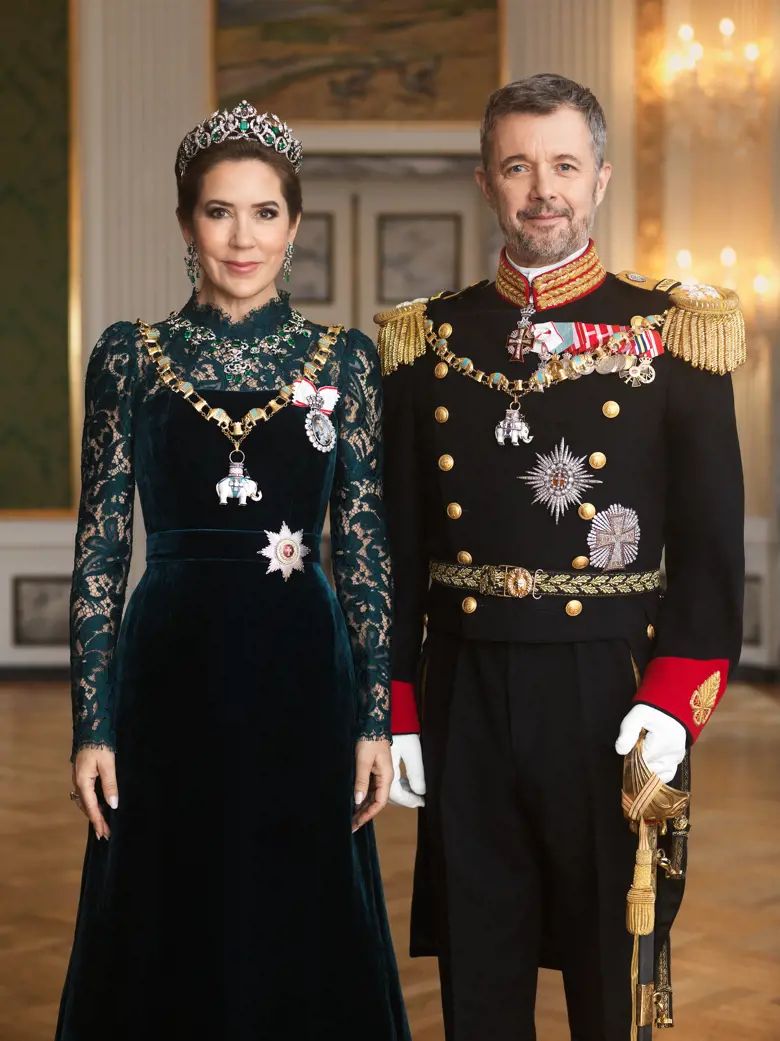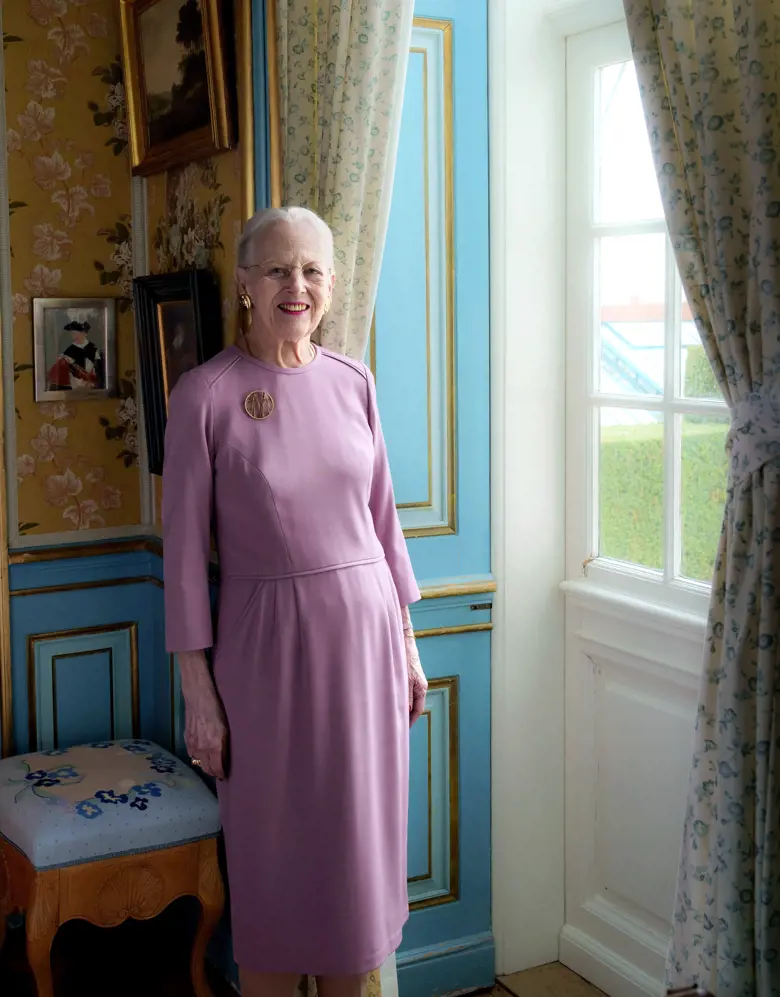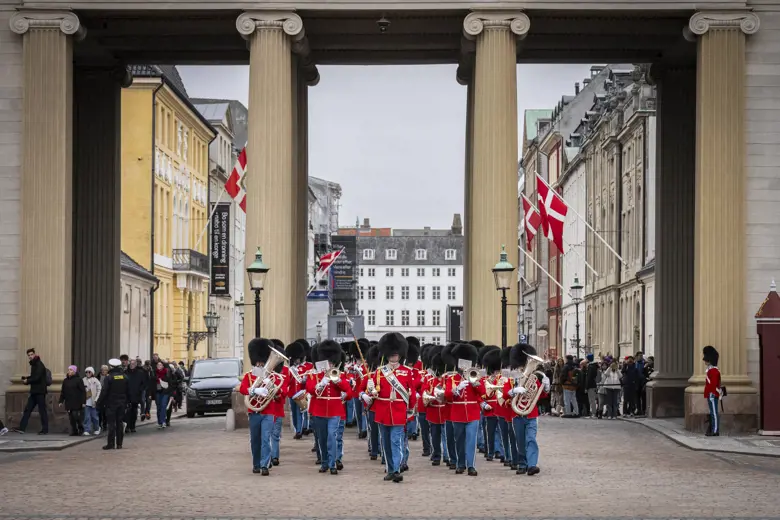Hanging of The Crown Prince’s Order of the Elephant escutcheon
In connection with a private tour of The Museum of National History at Frederiksborg Palace in Hillerød for HM The King, HRH The Crown Prince and HM Queen Margrethe, The Crown Prince’s Order of the Elephant escutcheon was hung in the Chapel of the Royal Danish Orders of Knighthood in the Palace Church.

The Order of the Elephant escutcheon prepared by royal armourist Ronny Skov Andersen was created in connection with the fact that HRH The Crown Prince – then Prince Christian – was awarded the Order of the Elephant by his grandmother, HM Queen Margrethe, on his 18th birthday on 15 October 2023.
The escutcheon reflects The Crown Prince’s coat of arms and title at the time last autumn when the escutcheon was finished. There is a tradition for Order of the Elephant escutcheons that they are not changed, even if the knight concerned later changes title or coat of arms.
As a Danish prince, The Crown Prince bears the Royal Danish coat of arms, most recently established by Queen Margrethe after the accession to the throne in 1972.

The coat of arms is divided into the four quarters of the Cross of the Order of Dannebrog. The 1st and 4th quarters contain the coat of arms of the Kingdom of Denmark, the three crowned blue lions surrounded by nine red hearts in a gold field. This is known from the end of the 1100s and has been Denmark’s coat of arms ever since. In the 2nd quarter, South Jutland’s two blue lions in a gold field are seen. The 3rd quarter is further divided into three fields, all blue. Seen here are three golden crowns, which are actually Sweden’s coat of arms, but which in the Royal Danish coat of arms stand as a reminder of the union of the three Nordic kingdoms. At the same time, a silver ram, which is the coast of arms of the Faroe Islands and dates back to the 1300s, is seen. Finally, a silver bear, which has been Greenland’s heraldic symbol since the 1660s, is seen. In the centre, in the inescutcheon, the two red Oldenborg fesses in a gold field, the Royal House’s dynastic coat of arms, are seen.
The coat of arms is supported by two woodwoses, which are known as coat of arms bearers from the time of Christian I, and is surrounded by an ermine-draped pavilion.
As a special feature, The Crown Prince’s coat of arms is topped by the distinctive prince’s crown, which together with other coronets was introduced by Christian V in 1693. In contrast to the royal crown, the prince’s crown has only three visible braces and a pearl at the top. Together with the Latin title “PRINCEPS DANIAE” in the inscription surrounding the coat of arms, the prince’s crown reflects The Crown Prince’s status as a prince of Denmark at the time the escutcheon was completed.





